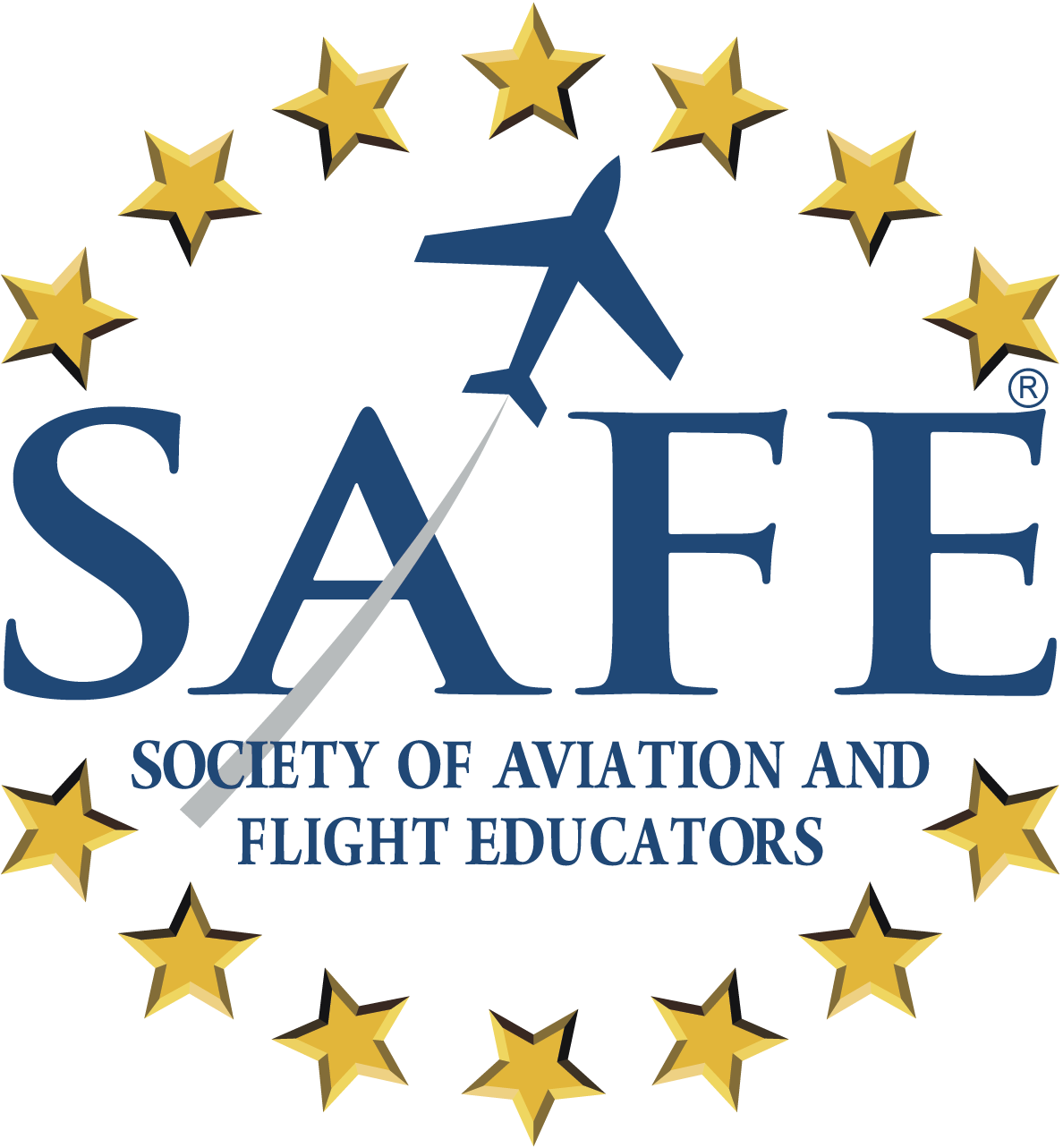Join SAFE ($55) and save 15% Off ForeflightJoin SAFE ($5) and save 15% Off ForeflightJoin SAFE ($45) and save 15% Off ForeflightJoin SAFE ($45) and save 15% Off ForefJoin SAFE ($45) and save 15% Off ForJoin SAFE ($45) and save 15% Off ForeJoin SAFE ($45) and save 15% Off ForeFJoin SAFE ($45) and save 15% Off ForeFlight!Join SAFE ($45) and save 15 Off ForeFlight!Join SAFE ($45) and save 1 Off ForeFlight!Amazing 15% OFF Foreflight!Amazing 15% OFF Forelight!Amazing 15% OFF ForeFlight!Amazing 15%OFF ForeFlight!Amazing 15OFF ForeFlight!
 Multi-Engine "Checkride Ready!™"
Multi-Engine "Checkride Ready!™"
Adding multi-engine privileges to a certificate (or testing for an initial) adds a whole set of aerodynamic issues and associated knowledge/risk management concerns. At every level,
this FAA course is recommended!
 Multi-Engine "Checkride Ready!™"
Multi-Engine "Checkride Ready!™" Multi-Engine "Checkride Ready!™"
Multi-Engine "Checkride Ready!™"

